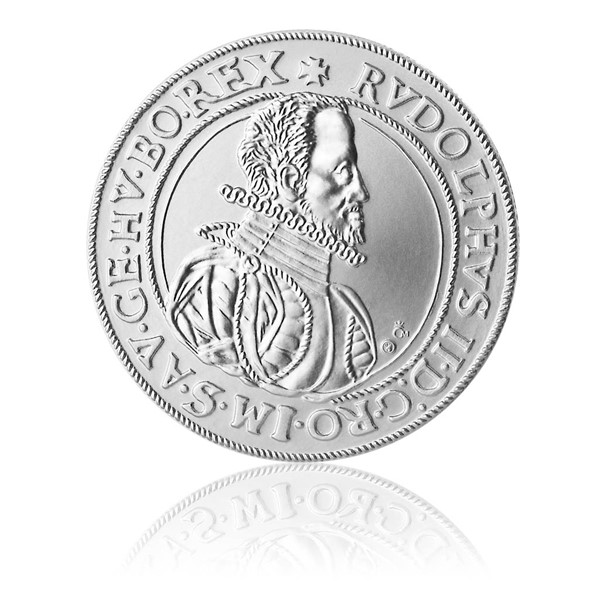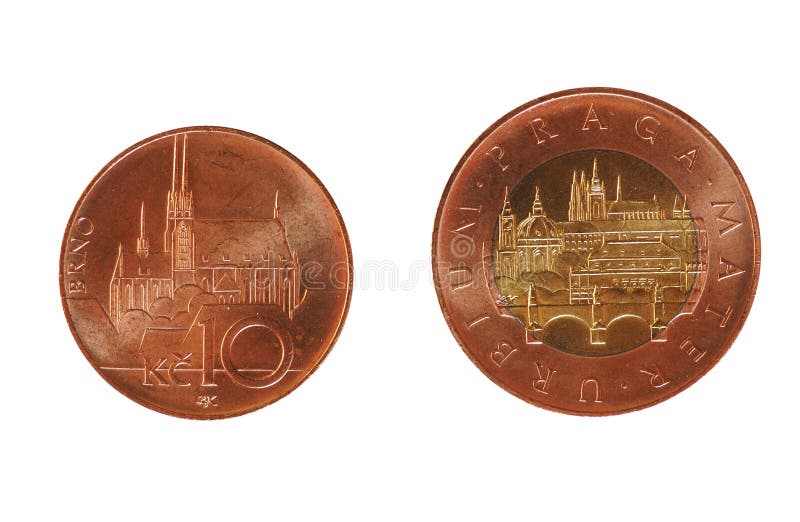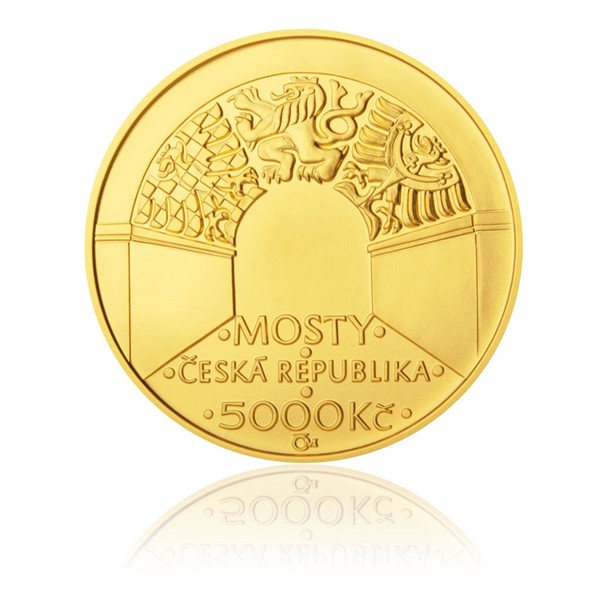Great Info To Numbering Czechoslovakia Medals
Wiki Article
What Is A Plaster Model Scant To Make An Accurate Digital 3d Model Of Gold Coins Or Medals?
The process involves scanning a maquette to create a 3D digital representation of gold medals or coins. The equipment used is specially designed to capture the details and dimensions of the physical model in digital format. This digital replication serves various reasons in the process of production. How the Scanning Process Works
3D Scanning: High-resolution 3D scanners are utilized to capture all dimension and details of the model. The scanners employ various techniques, such as laser scanning, or structured light to record precise measurements and geometry.
Capturing Surface Data- The scanner emits laser or light beams on the surface of a plaster model. The scanner records the distortions and reflections these beams cause, capturing surface information.
Data collection- The scanner captures data while it moves over the model. This produces an image that is digitally rendered, which includes the contours of the model, its geometry and details.
Conversion into a 3D Model. The collected information is processed using special software that converts it to an electronic 3D model. This model is a replica of the physical dimensions and features of the maquette of plaster.
Why Create an Digital 3D Model
Digital 3D models are able to replicate the exact dimensions and details of a real model. This ensures that final gold coins and medals are made to conform to the intended design.
Digital models are easily modified or improved. Designers can adjust the 3D model, without changing the original plaster maquette. This allows for repeated corrections or improvements.
Compatibility with Manufacturing Processes- Digital 3D models are compatible with a variety of manufacturing techniques, such as 3D printing or CNC machine and enables the creation of molds or dies that are suitable for mass production.
Digital 3D designs can be archived and used as documentation. You can save them digitally to be a reference in future reference, to make reproductions, or for preserving the history of the design.
By scanning and creating a 3D digital model of the plaster model, manufacturers and designers can speed up the manufacturing process, ensure accuracy and fidelity in replicating the original model. View the top Scanning and 3D Modeling Prague Mint gold medals site examples. including old coins, gold doubloons, medal gold medal, buy gold pieces, gold 1 dollar coin, 2000 sacagawea, bullion gold bars for sale, price of gold 1 oz today, krugerrand gold coin, american eagle gold coin price and more.

How Do Highly Skilled Engravers Improve Gold Medals Or Coins Designs?
By working on the die or the hub that works Highly skilled engravers will modify and improve the look of a gold medal or coin. Based on their knowledge, they can add intricate detail and fine-tune the design. Here's how they achieve this Evaluation of Working Hub-
Engravers look at the working hub, or die, that is created by Janvier or the master hub. They verify the quality, depth and accuracy of the design that they transfer.
Correction of imperfections
Engravers will correct any flaws, or inconsistencies that are in the design they transfer. They are able to use precise tools to fix minor mistakes, adjust depths or refine specific elements in order to ensure accuracy and uniformity.
Enhancing Details
They are skilled at making intricate designs using tools for engraving like burins, pneumatic engraving devices, and gravers. The engravers cut the surface of the hub, creating fine patterns, textures, words, and intricate designs as required by the style.
Dimensional Enhancement and Depth Enhancement
The engravers alter the contours and depths in the design to create depth. The depth of the cut is altered to emphasize specific characteristics and create the impression of texture.
Texture and Finishing Touches
Engravers can provide texture or finish to certain areas of a design order to make it appear more attractive. Using techniques like stippling (or frosting) shading, stippling, or other kinds of shading, you can achieve different texture on the surface.
Quality Control Inspection
Engravers perform many checks and inspections during the engraving procedure to ensure that their engraved designs meet the standards of clarity and accuracy.
Collaboration and artistic interpretation
Engravers often collaborate closely with artists or designers to interpret the design accurately. The artistry of the engraving artist can add subtle nuances.
Engravers who have exceptional skills are known for their precision and artistic skill in working with metal surfaces. Their focus on detail and precise work enhances the look of gold coins and medals, ensuring the final product meets with aesthetics and quality standards. Follow the most popular Prague Mint gold coin engravers blog advice. including gold eagle coin price, krugerrand, 1972 gold dollar, 2000 sacagawea, gold coins for sale, american eagle gold coin, online silver buying, 50 dollar gold coin, old silver coin, olympic gold medal and more.

What Are The Reasons And Methods For Certain Surfaces, Such As Texture Or Matte Surfaces Created Through Sandblasting?
This method is employed to create matte or textured finishes on gold medals or coins. The procedure of Sandblasting is explained.
Surface preparation. The medal or coin will be put in an air-compressor-connected nozzle. The chamber is usually enclosed to contain the abrasive materials used in the process.
Abrasive material selection- High speed propulsion of fine particles of abrasive abrasives such sand or silicon carbide or glass beads, and aluminum oxide onto the surface.
High-Pressure System- The abrasive particles are driven onto the surface using compressed air, or by other high-pressure systems. The texture of the surface is created through the force and speed of the particles.
Texture Creation: The force caused by the abrasive grains the surface produces an appearance that is matted or textured by altering the topography the surface. The process may be used to selectively roughen certain areas, or create an even texture throughout all surfaces.
Controlled Application - Sandblasting intensity and duration, as well as angle and application can be adjusted to create different textures or surfaces. Different abrasives are used to produce different results.
Sandblasting - The reason it's done
Texture variation - Sandblasting can produce a variety of different textures and finishes such as matte grains, frosted, or grainy textured surfaces. This can add visual interest to coins or medals.
Aesthetic Improvement- Sandblasting changes the appearance of a surface. It disperses light reflections and decreases shine. This improves the appearance of a coin or a medal. Matte finishes are a great option to showcase the design elements.
Anti-glare Properties - The matte or textured finishes produced by sandblasting reduce reflection and glare, making metals and coins more pleasant to view and more attractive.
Contrasting Design Elements. Sandblasting creates contrast between polished areas and the textured areas on the coin. Sandblasting can be used to highlight specific design elements or create visual depth.
Sandblasting offers a variety of customization options that allow for artistic expression, and allows coins or medals to be made with unique specific textures or finishes to the design.
Sandblasting creates various textures and finishes on the gold medals and coins. This increases their appearance, appeal and aesthetics. Have a look at the top rated sandblasting Prague Mint gold coins website tips. including buy gold bars, liberty gold coin, 1 oz gold, coin 1, medal gold medal, purchase gold coins, golden and silver, gold bullion bar price, 20 dollar gold coin, 2000 p gold dollar and more.

How Do Gold Coins And Medals Go Through Quality Checks To Ensure That They Meet The Specifications?
Gold coins or gold medals have to undergo quality inspections following minting in order to guarantee accuracy as well as surface quality and adherence to the specifications. These checks involve a number of stages. Visual Inspection
Each coin or medal is scrutinized by experienced inspectors for any surface defects. They search for imperfections, scratches or marks that could affect the appearance or value of the coin.
Dimensions and weight
Each medal or coin is weighed and measured to make sure it is in compliance with the dimensions for weight size, diameter, thickness and overall dimensions as per the specifications of the design. Any deviations could indicate that there is a problem with the design.
Metal Purity Composition
Quality checks involve confirming the purity and gold content of the medals or coins with various testing methods such as X-ray fluorescence (XRF) analysis, or chemical assays. The gold content is checked to ensure that they meet the quality and quantity requirements.
Edge Inspection
Inspectors examine the edges for any flaws, irregularities and the possibility of reeding. The edge is an important area for design or security elements.
Strike quality
To assure consistency to ensure consistency, the quality of the strike is evaluated, including the clarity, clarity and ease of the design and overall look.
Proofing and Minting errors-
The value of special editions and proofs is determined through a thorough exam to detect any imperfections, flaws or errors which could impact the value of the coin.
Packaging and Presentation-
The quality inspections also extend to the presentation and packaging of medals or coins to ensure that they are securely encapsulated, stored or presented in holders or cases without damage or contamination.
Sampling and Random Checks-
Random sampling or checks are performed in batches to ensure the quality standards are maintained in a consistent manner throughout the entire minting process.
Compliance and Documentation
Every quality check is documented to ensure compliance with the regulations, minting standards, and certification standards. These documents serve as evidence of the coin's authenticity and authenticity.
Rejecting non-conforming pieces-
Medals or coins that don't meet specifications for quality are rejected or sent to reprocessing in order to maintain the overall quality and integrity of the items that were minted.
The thorough quality checks are conducted by the mints and certification agencies to ensure that gold coins or medals meet standard of purity, accuracy and appearance. This guarantees investors, collectors and customers of their authenticity and quality. Take a look at the most popular Czechoslovakia gold medal quality control blog advice. including american eagle gold coin 1 oz, michael phelps medal, american buffalo coin, gold and bullion, gold and coin near me, sovereign british coin, coin buy gold, 1oz of gold, gold coins for sale near me, gold silver coins and more.
